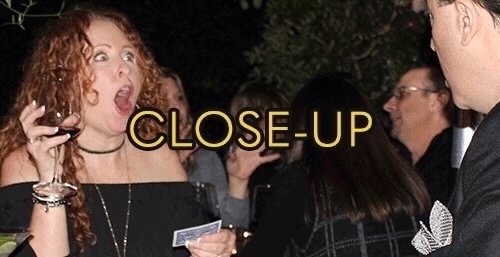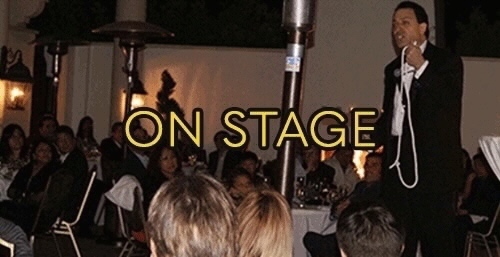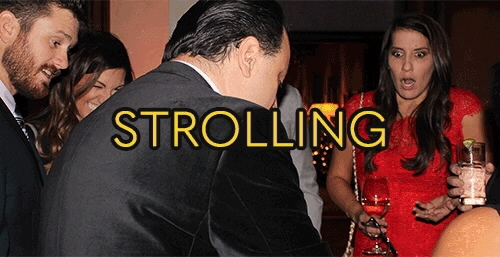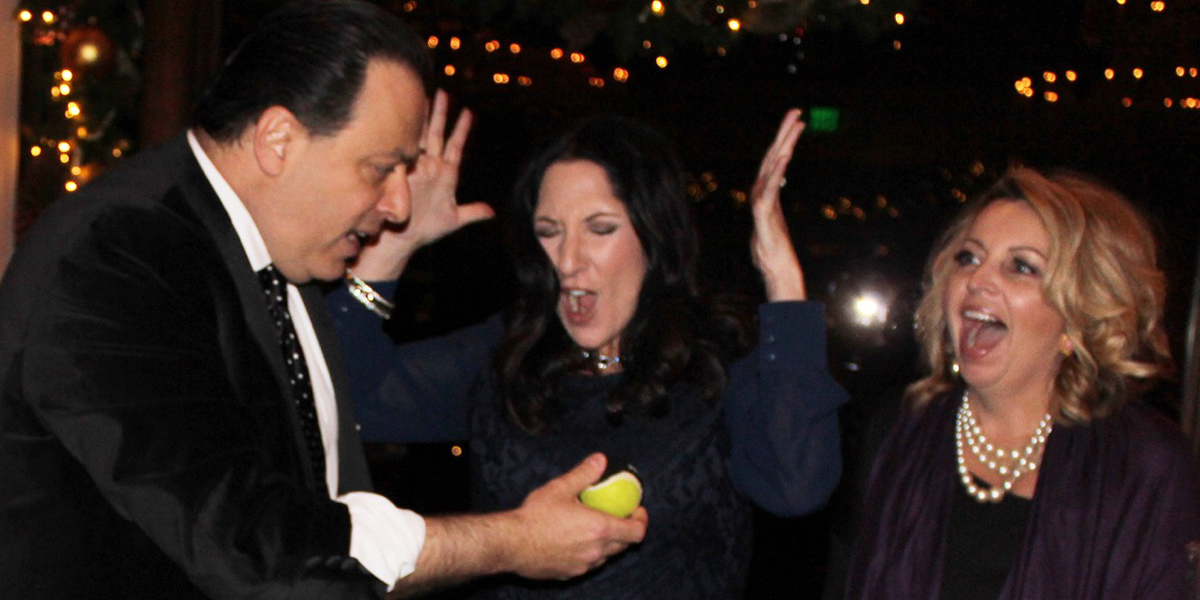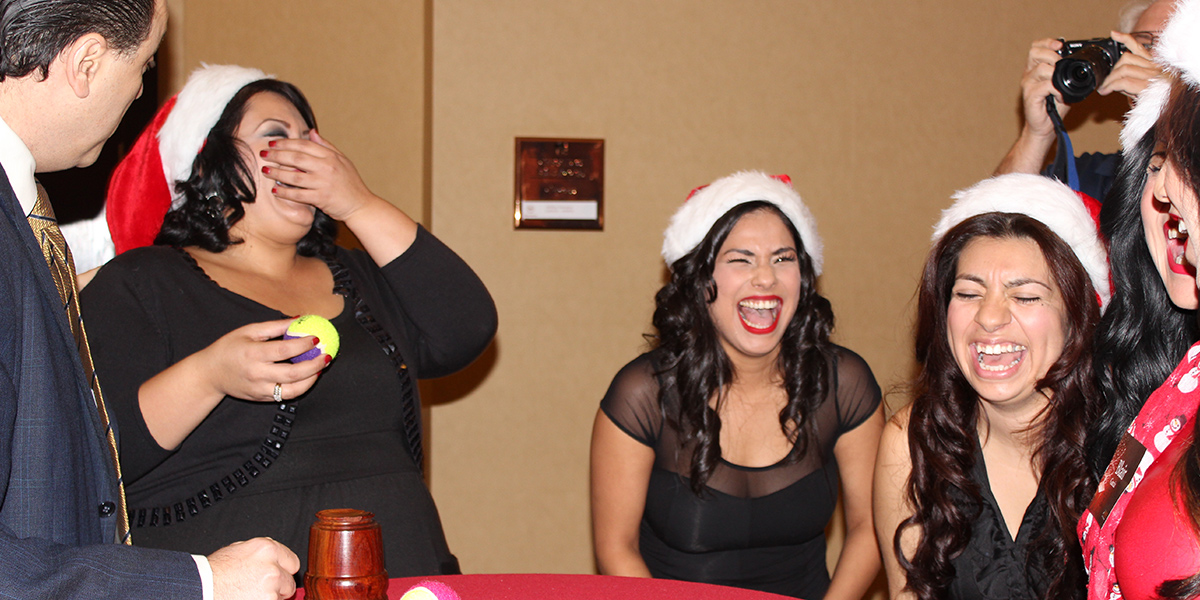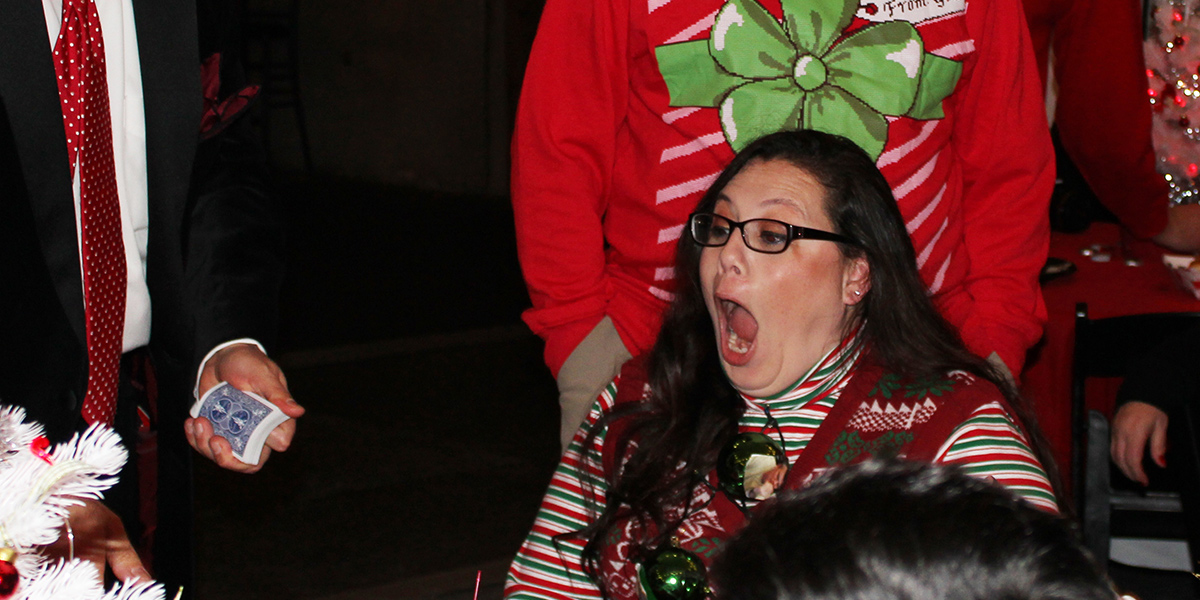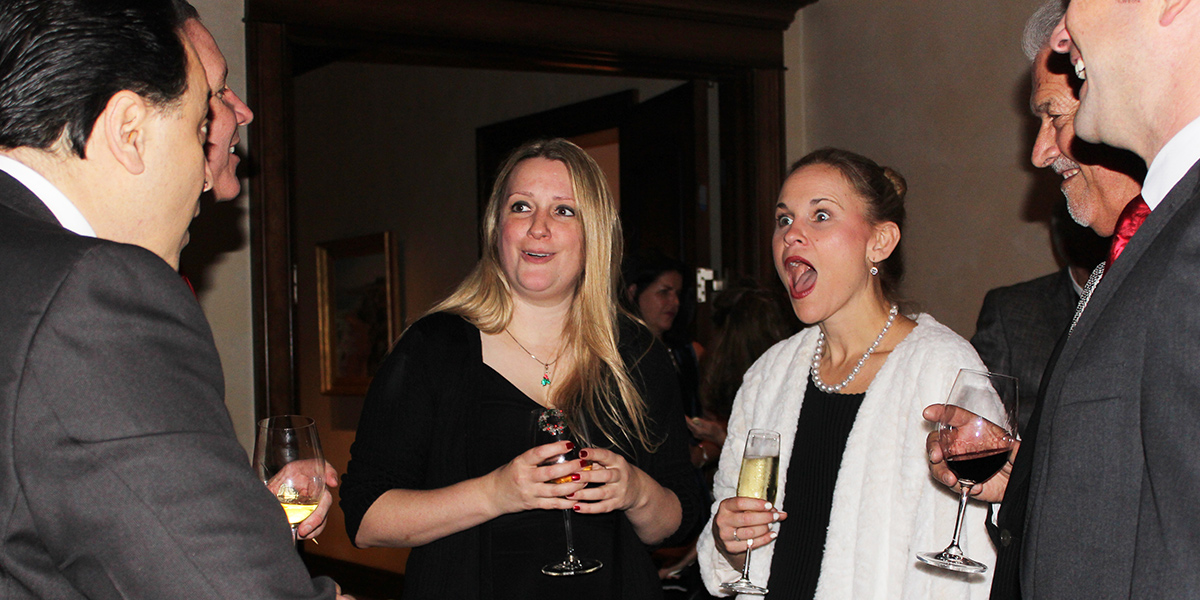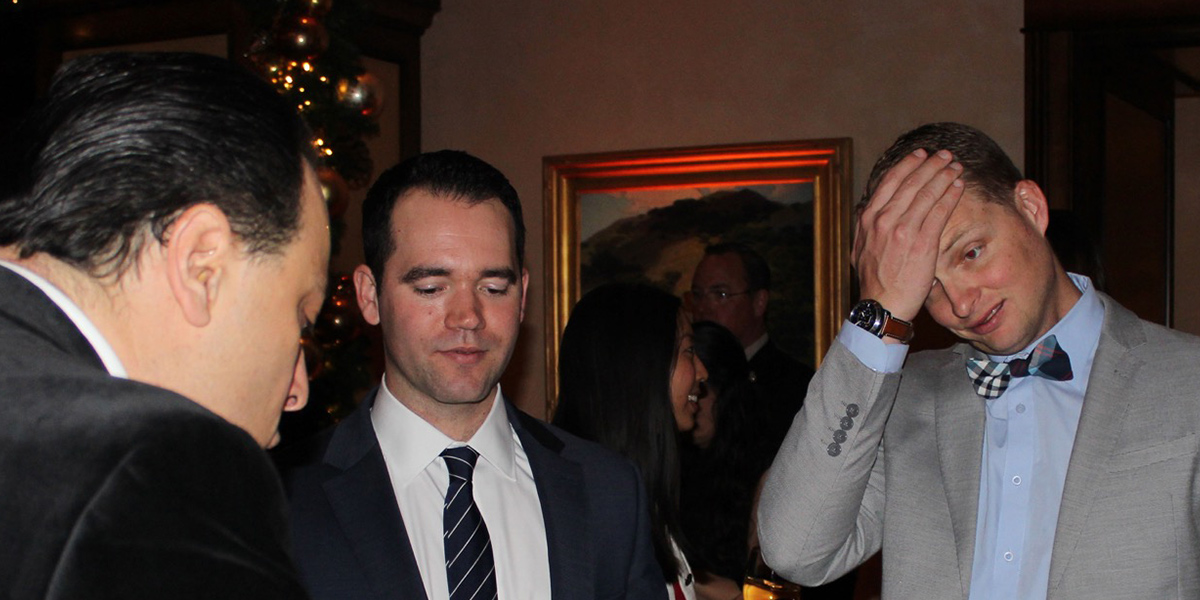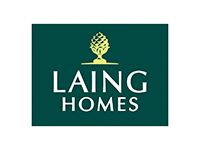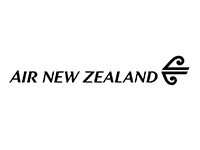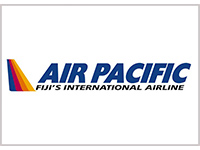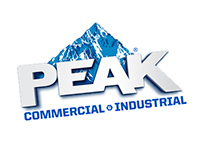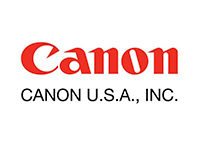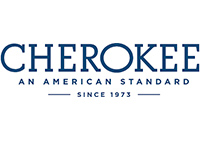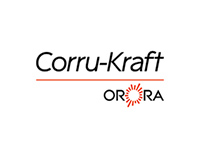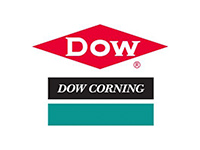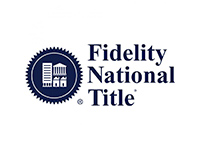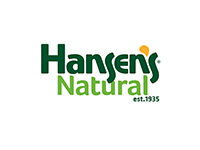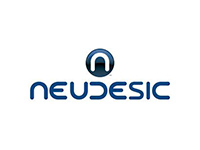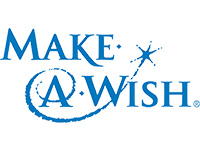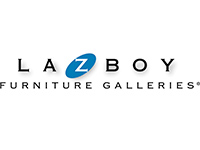Material That Respects the Room
Everything is clean, inclusive, and easy to follow from the back row or while standing in clusters. Effects are built on clear visuals with everyday items—cards, phones, receipts, pens—so people participate without being pulled on stage or asked to juggle props. Subtle references to territories, product names, or milestones can be threaded in, keeping the tone professional and relevant without turning the show into a pitch.
Sound, Space, and Sightlines
General sessions and ballrooms push sound and distance. I work at a controlled level and select material that lands without big reactions to be effective. The footprint is light: no stage build, no lighting plot, no blocked aisles. For the interlude, a compact wireless microphone integrates with house sound when needed. In prefunction spaces or exhibit halls, pieces are adjusted for ambient noise, glass walls, and foot traffic so service and demos proceed uninterrupted.
A Sample Run of Show for Sales Teams
Here’s a framework that drops into common meeting patterns and protects the schedule:
• Doors / Seating (10 minutes): Quiet touchpoints as attendees settle; tone set without fanfare.
• Morning Block (presentations): No entertainment here—keep content front and center.
• Mid-Block Interlude (7–10 minutes): A concise, visual routine to reset attention before market outlooks or product updates.
• Lunch / Networking (25–40 minutes): Strolling close-up at high-tops; conversations continue while small groups see impossible moments in hand.
• Awards / Recognition (8–12 minutes accent): One unified piece that pulls the room together between categories, then clears the stage for honorees.
• Reception / Farewell (10–20 minutes optional): Light, table-side moments that send people out talking—no grand finale required.
